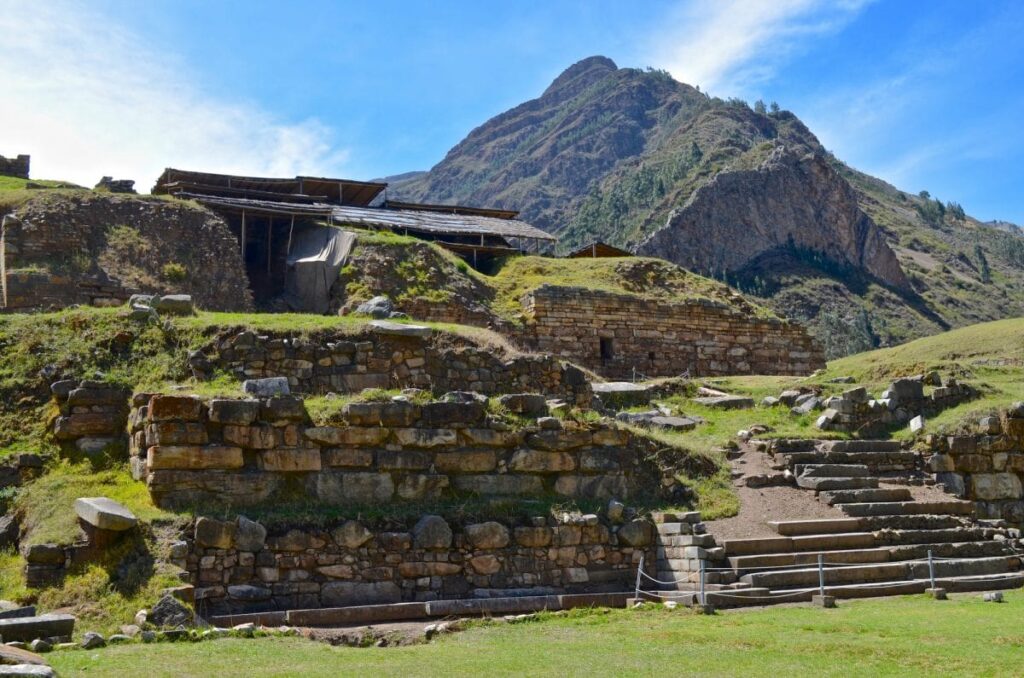Archaeologists unearth hidden tunnels under the 3,000-year-old temple complex
Archaeologists have discovered a system of hidden tunnels beneath the 3,000-year-old Chavn de Huántar temple complex in the Ancash Region of Peru.
The tunnels contain unique architectural features never seen before, made by the Indigenous Chavín people.
The Chavín de Huántar temple complex has been a UNESCO World Heritage Site since 1985.
A UNESCO World Heritage Site, Chavín de Huántar is believed to have been occupied as early as 3000 BC, with ruins and artifacts dating back to around as early as 1200 BC. Between 900–500 BC, the locale was occupied by the Chavín, a significant pre-Inca culture.
According to experts, this huge complex served as a major ceremonial center and gathering place for pilgrims and perhaps a home for an oracle.
According to Heritage Daily, archeologists from Stanford University’s Chavin de Huántar Archaeological Research and Conservation Program initially suspected the gallery’s existence in 2019 when they found a small duct in the temple’s Building D.
The epidemic, however, caused studies to be postponed. Archaeologists were only able to discover the gallery and a network of 35 interconnected tunnels last month.
“It’s a passageway, but it’s very different,” archeologist John Rick of Stanford University, who coordinated the team behind the discovery, told Reuters. “It’s a different form of construction. It has features from earlier periods that we’ve never seen in passageways.”
According to John Rick, the tunnels may have been built before the temple’s main galleries.
Rick and his crew discovered 35 interconnected tunnels beneath the temple, as well as a ceremonial gallery and two ceremonial bowls, one of which had depictions of the Andean condor. The gallery has been called the Condor Gallery in honor of the animal shown on the bowl.
The first stone bowl, weighing almost 40 pounds and standing nearly 10 inches tall, depicted the head of an Andean condor on one side, its tail on the other, and its wings in between. The second bowl, about the same size, was more simple in design and had a refined rim.
From this discovery, archaeologists have affirmed that the gallery is purely ceremonial and represents a transitional space of time between the late pre-ceramic site of Caral, and the middle and late formative period.
